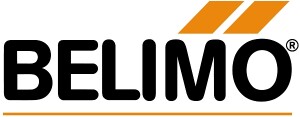Trends Transforming the Building and HVAC Industry by 2050
Building Tomorrow

Future of Environment
Climate Adaptation

Future of Environment
Electrification and Energy Optimization

Future of Environment
Sustainable Building Materials

Future of Economy
Environmental Regulations and Declarations

Future of Economy
Reporting Requirements and Transparency

Future of Economy
Skilled-Trades Talent Scarcity



















